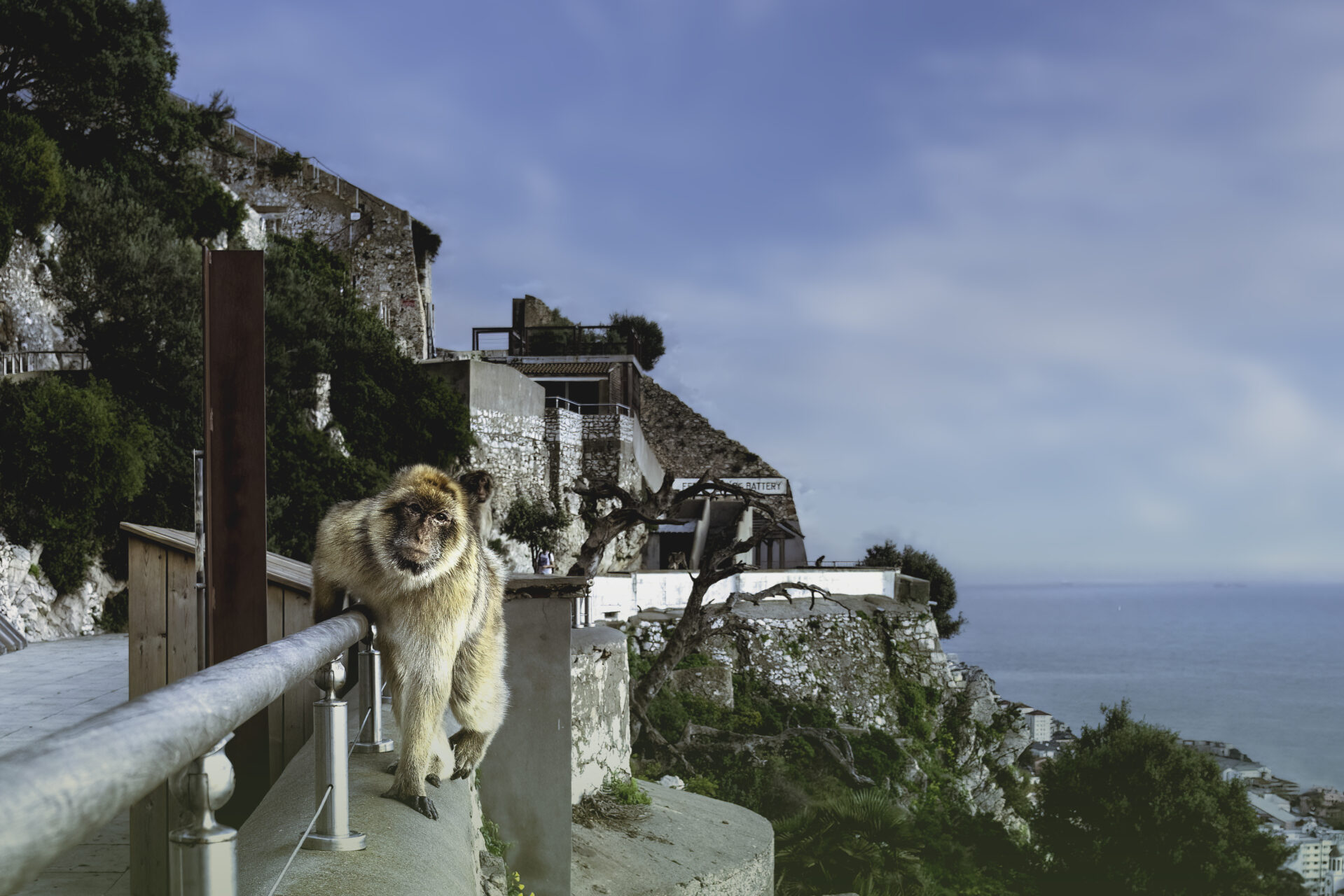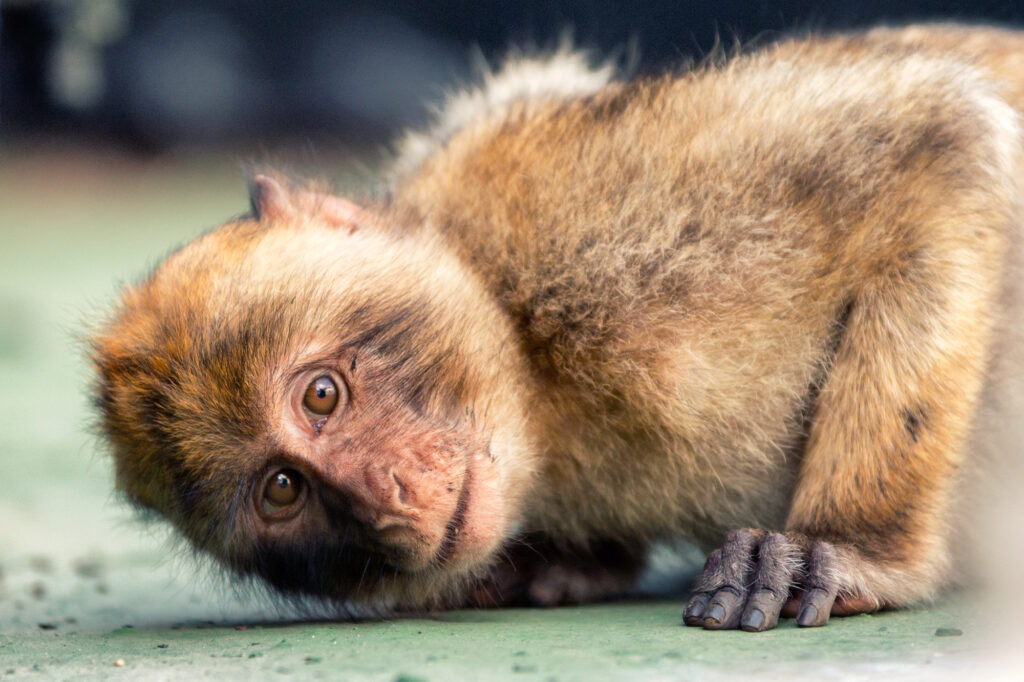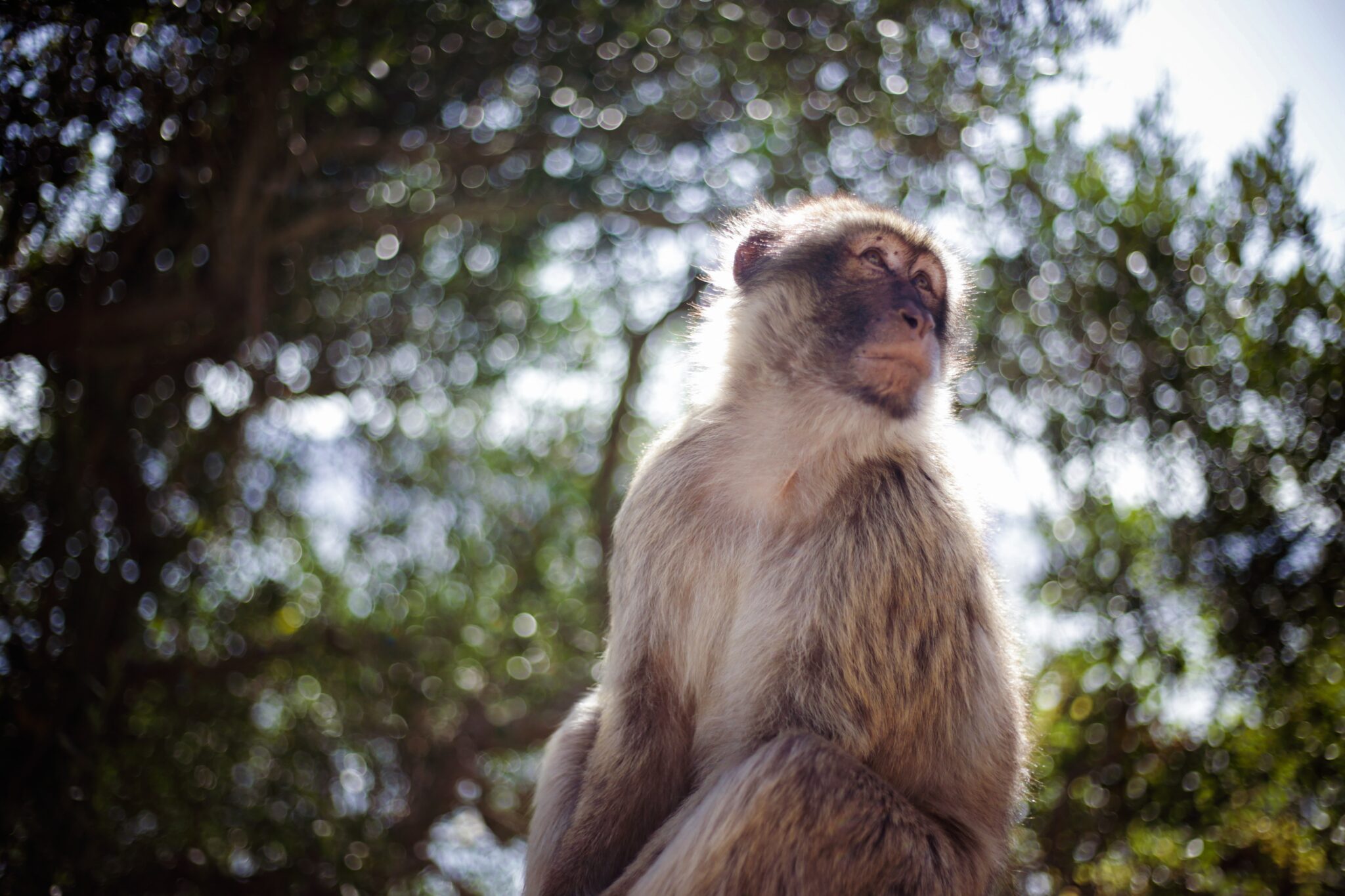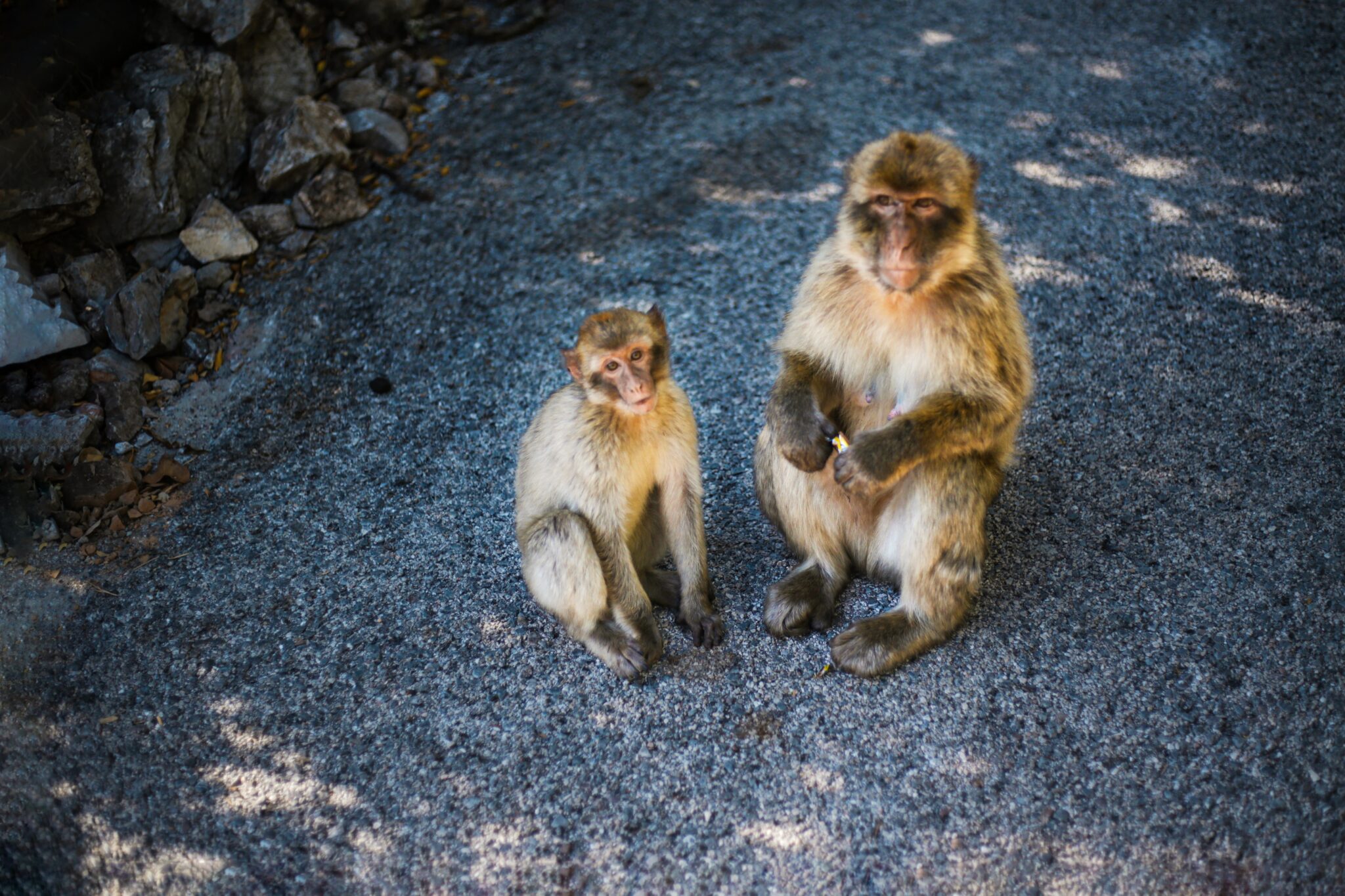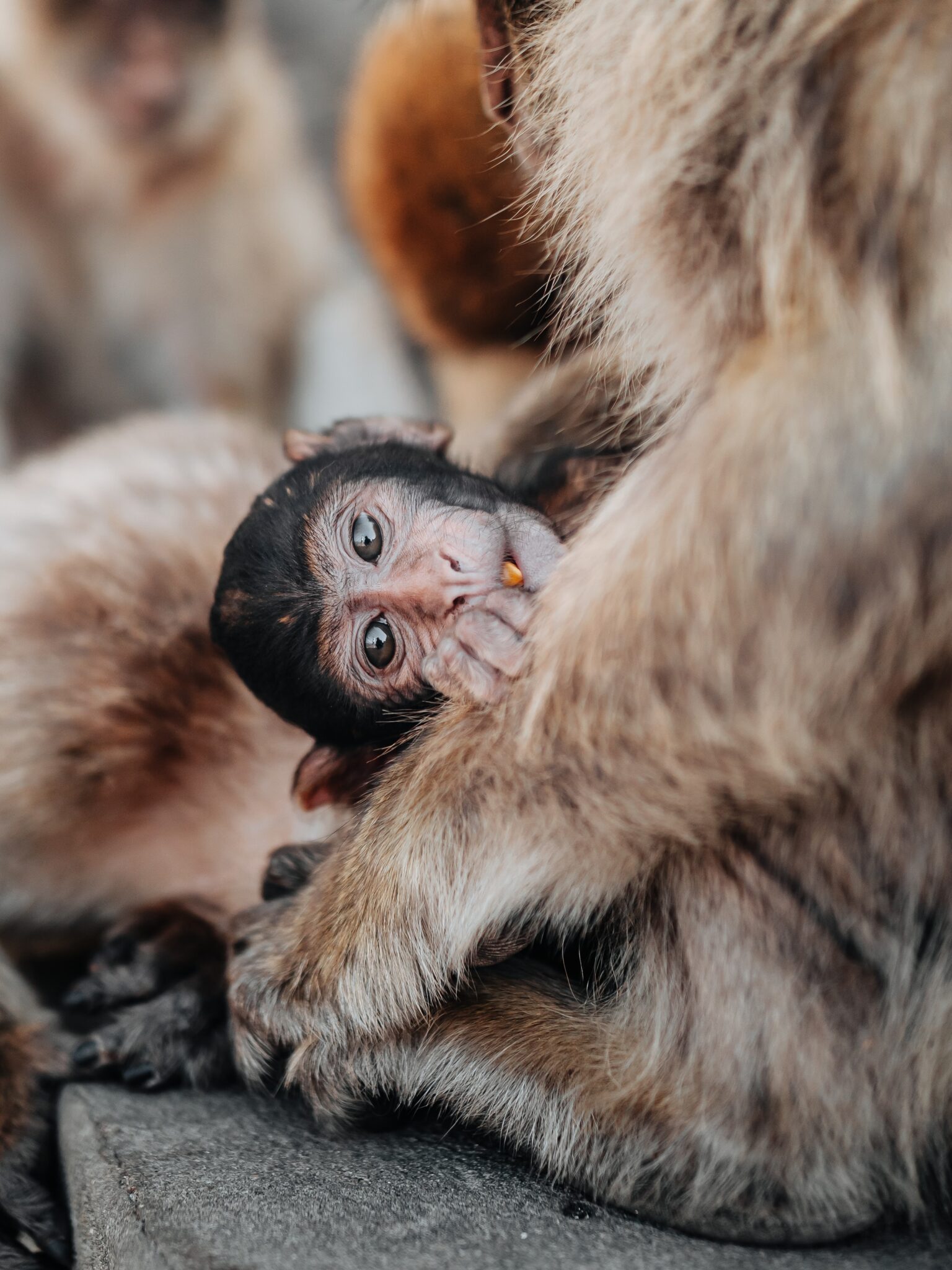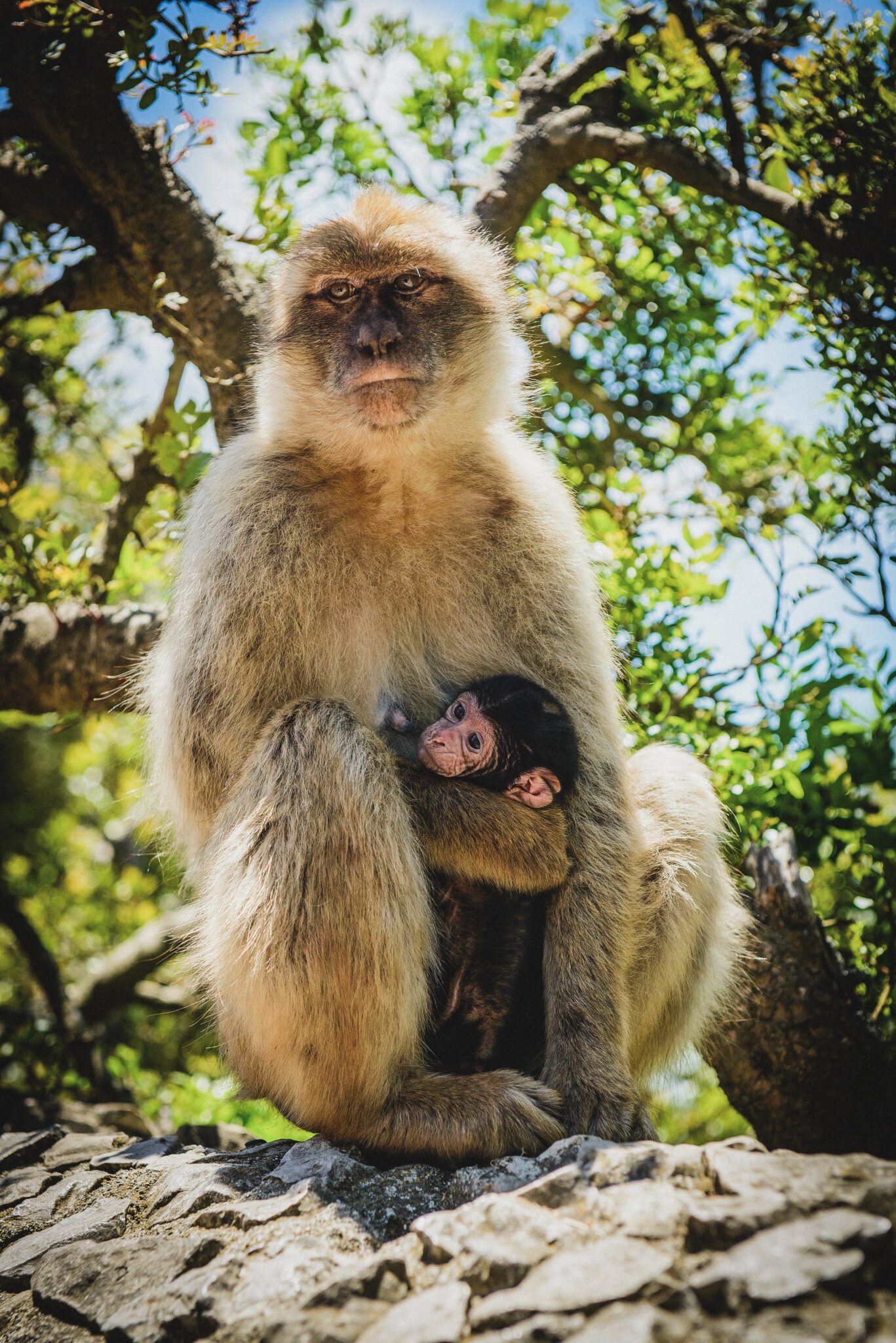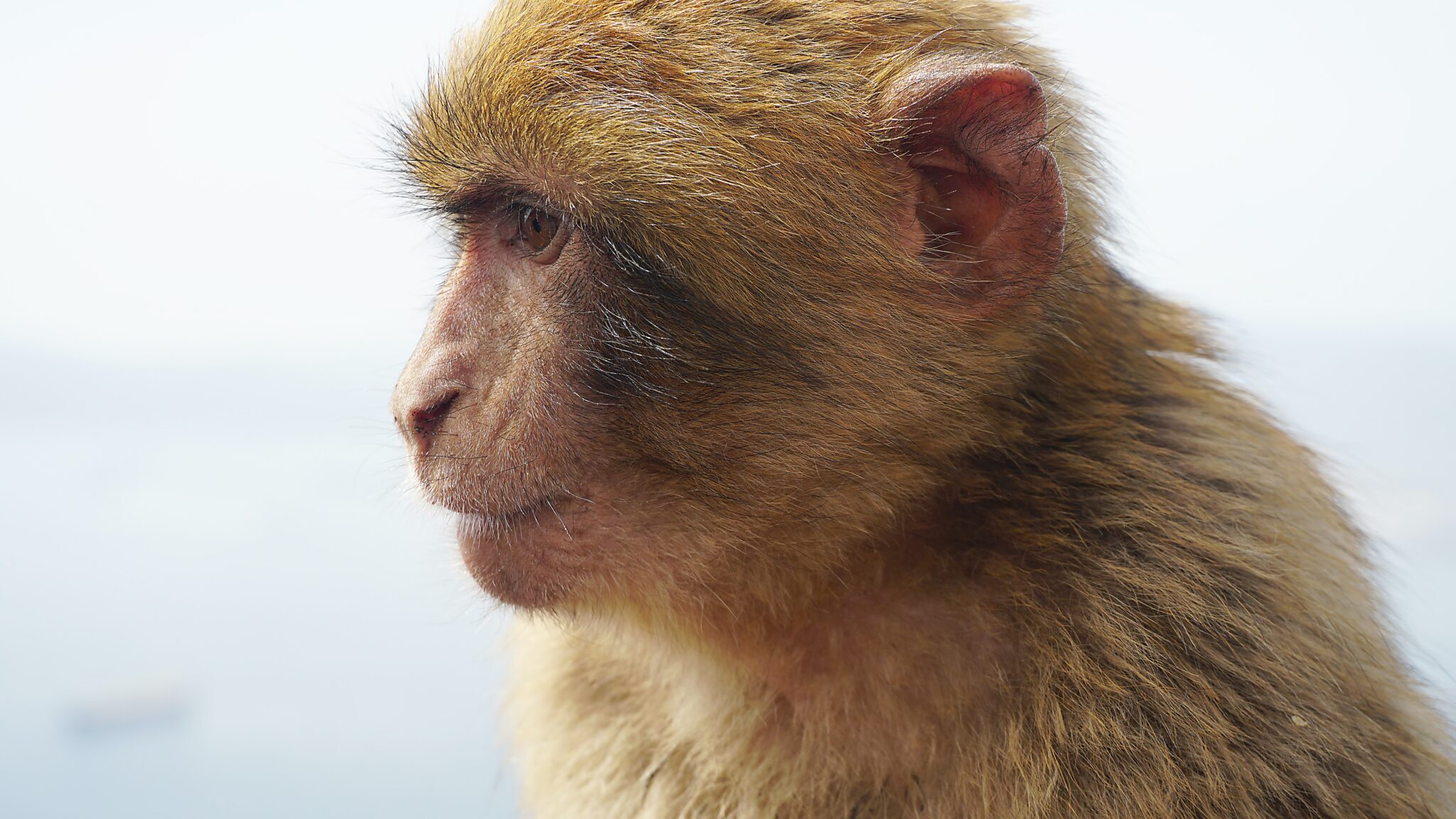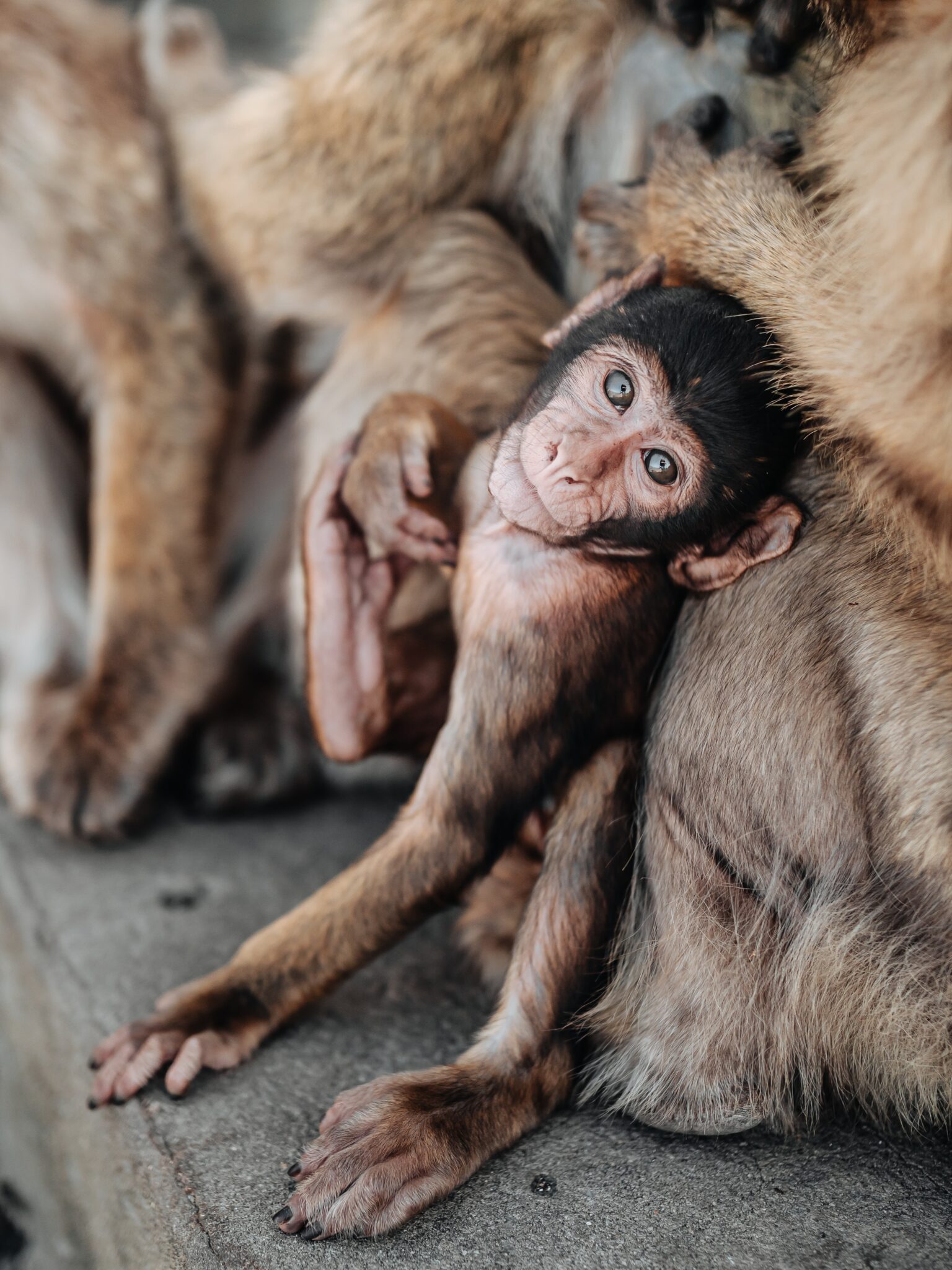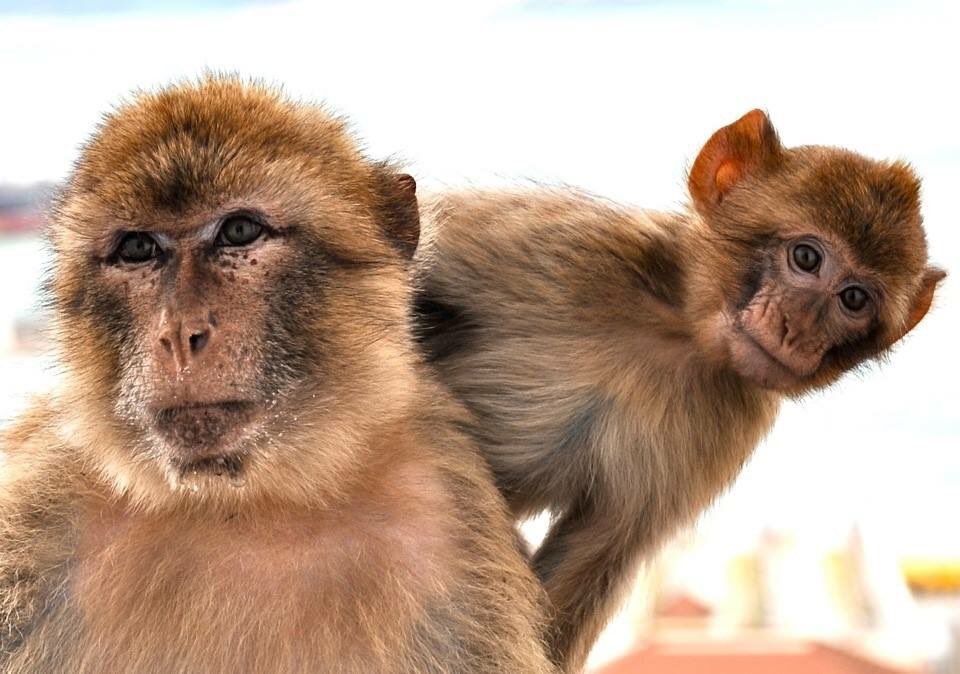
It is illegal to touch the Macaques – Interference with Barbary macaques has always been seen as detrimental to them, and the official line has for years been to discourage visitors from touching or otherwise interfering with macaque natural behaviour.
The Government has therefore made touching or any other interference with the natural behaviour of macaques an offence except under licence for management, research, or veterinary purposes.
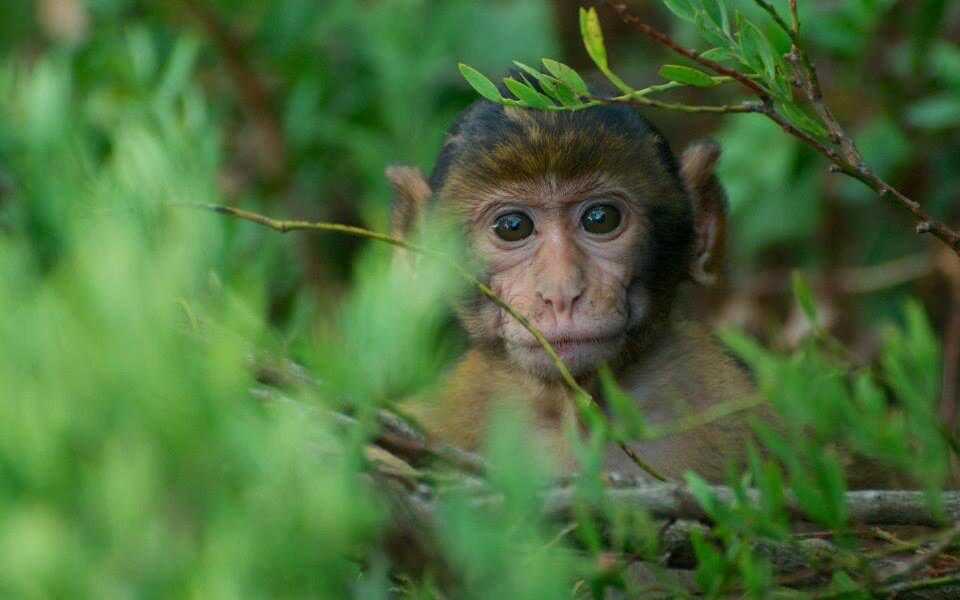
Do not touch
The macaques remain wild animals, albeit they are used to people. However, they are certainly not tame. No matter how docile they might appear casually sat on a wall they are not to be approached as pets! What’s more, even though habituated to people in general they are not familiar with anyone of us at an individual level and so touching them can result in threat displays (explained below) or even being bitten. Think of it like a total stranger coming up to you and making physical contact.

Conflict of interest
Whilst those that go to see the macaques are generally fascinated by them and go to take pictures and / or interact with them, the macaques do not necessarily enjoy our affection but have simply learnt to be tolerant of people in order to stand a chance of obtaining treats. Knowing that the macaques are constantly on the lookout for your food will go a long way towards ensuring your safety. Do not let your guard down – know what the animals are there for!
Macaque Guidelines
General Guideline when viewing the macaques.

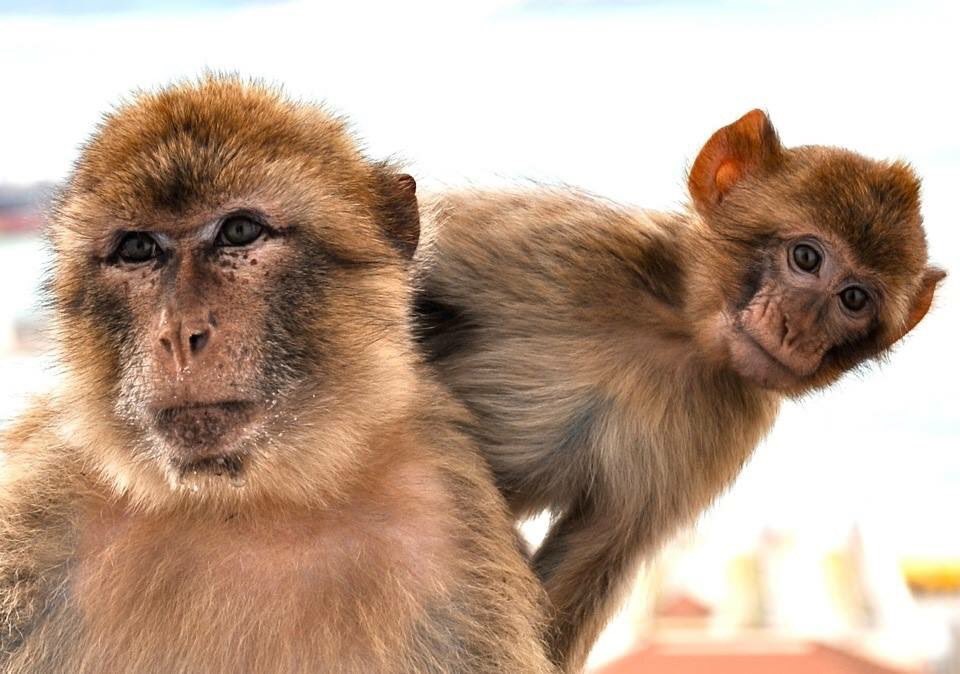
Food and bags
Macaques associate bags with food – be vigilant! Avoid taking bags when going specifically to see them. Simply leave them inside your vehicle if you have travelled in one. Should you encounter macaques when you have food keep your food / bag in front of you where the macaque stands less of a chance of snatching it. Be assertive, if you can’t be, then move away.
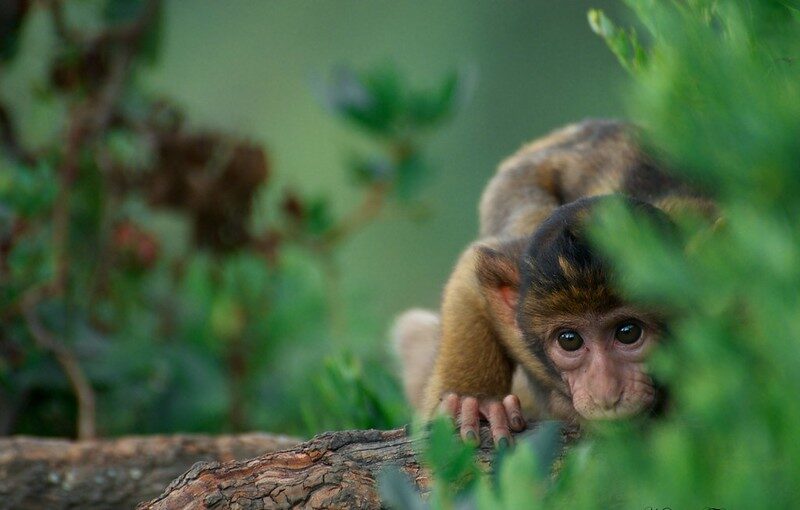
Recognise their warning signals
When threatened, the macaques will give a warning gesture which resembles a pouted mouth. This is known as the Round Mouth Threat (RMT) in which the macaque looks directly at the offending party with raised eyebrows to gain your attention. The gesture, which incidentally, is usually silent, but for the occasional ‘pant’ means ‘No’ or ‘Stop’ with the macaque able to intensify the tone of the threat by leaning into the offender if their offending actions so require. If a macaque directs a RMT at you, you should stop whatever annoying action it is that you are doing, whether it is pointing at it, stroking it, staring at it, etc. and step back calmly to give it some space. This will reassure the macaque and it will stop displaying its threat gesture. Failure to do so would mean that the macaque, having pre-warned you will need to resort to lunge or call for back up.
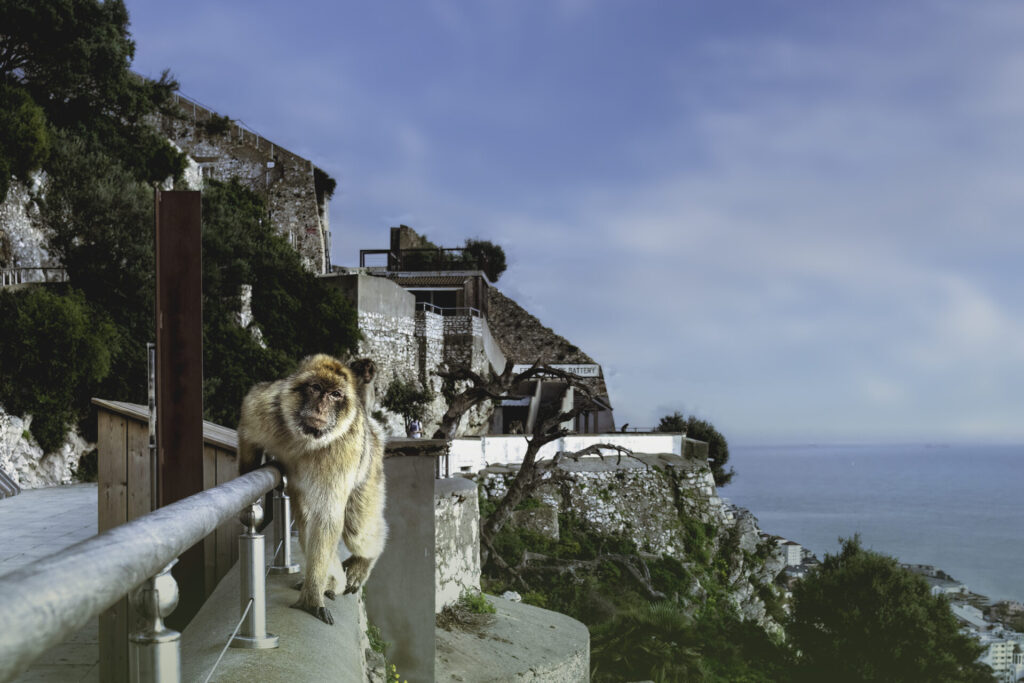
Give them space
Do not get too close to them and do not get in-between an adult and a baby. When agitated or stressed by overcrowding or being stared at from close range macaques will start to fidget or scratch (Self-Directed Behaviours) even before they display a RMT. This is your pre-warning signal to stand back. Avoidance is the best strategy.
Macaque Guidelines
General Guideline when viewing the macaques.


If they jump / climb on you
The macaques are used to people and the more boisterous juveniles will often approach and sometimes climb onto people. To avoid this wherever possible refrain from leaning onto walls and railings where they can normally be found. Also avoid crouching down next to juveniles. Both these habits are all too inviting to excitable macaques that will generally seize this opportunity. Remember there is no safe way to physically interact with these animals that are capable of scratching and biting if not maliciously, in a playful manner. At best they are dirty.
Macaque Guidelines
General Guideline when viewing the macaques.
